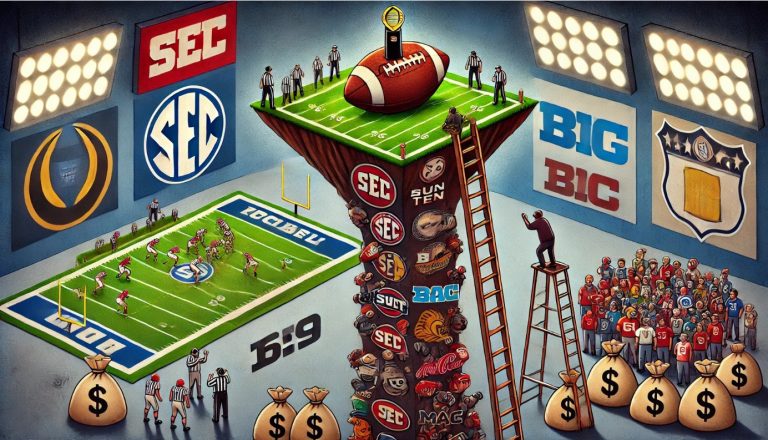
By Larry Billinger
As a kid growing up in Salina, Kansas, my world was small, yet it expanded infinitely through the magic of AM radio. Nighttime was my portal to far-off places – from Arizona and Mexico to Chicago, even to the distant sounds of KSL 1160 from Salt Lake City. This was more than just tuning into distant news and commercials; it was my auditory travel. Amidst these travels, I stumbled upon a foreign and familiar genre – the lively sounds of what I knew as “Mexican” music.
I’ll admit, my knowledge of Norteño and Tejano music isn’t vast. My fascination was more about the journey, the cultural immersion through sound waves. The music, sung in a language I didn’t understand, seemed to epitomize Mexican culture, much like country music echoes the essence of American cowboy culture. I imagined this music must hold the same significance for Mexicans, representing their heritage and stories. But this was a young me, crafting narratives from the threads of imagination.
I saw parallels in the music in my family of Volga German descent. The accordion, a staple in both Norteño and our family polkas, bridged these worlds. My grandmother’s accordion sessions were a testament to this. Her vibrant and energetic music mirrored the sounds I heard on the radio. But here lies a contrast – the fading of my cultural music since my family first started traveling here in the late 1800s.
In observing Mexican-American communities and researching the subject, I see a successful preservation of cultural music. Norteño and Tejano music aren’t just genres; they are vessels of heritage, carrying forward the traditions and values from one generation to the next. The young still flock to concerts; the music resonates with them, and it’s ‘cool.’ In contrast, our family reunions with polka music are a rare echo of the past, with a scattered family and a diluted culture.
Tejano music, or Tex-Mex, originating among Mexican-Americans in Texas, marries Mexican-Spanish vocal traditions with German, Czech, and Polish polka influences. The significant influx of these European cultures, particularly the Germans, Czechs, and Poles, began in the late 19th century, around the 1880s to early 1900s. This period marked the start of their musical influence in regions of Northern Mexico and the Southwestern United States. Their musical influences became intertwined with local Mexican sounds, creating a unique and evolving musical genre. These styles are not just music but are narratives of struggle, identity, and celebration, reflecting these communities’ complex histories and dynamic cultural identities.
My journey through the airwaves was more than just a fascination with foreign sounds. It was a lesson in cultural preservation and understanding how music can shape and maintain a community’s identity. As I reflect on my own heritage, I realize the power of music in holding a culture together. Perhaps it’s time to revisit those family reunions with polkas to rekindle our past melodies and learn from communities that have successfully carried their music from generation to generation.


